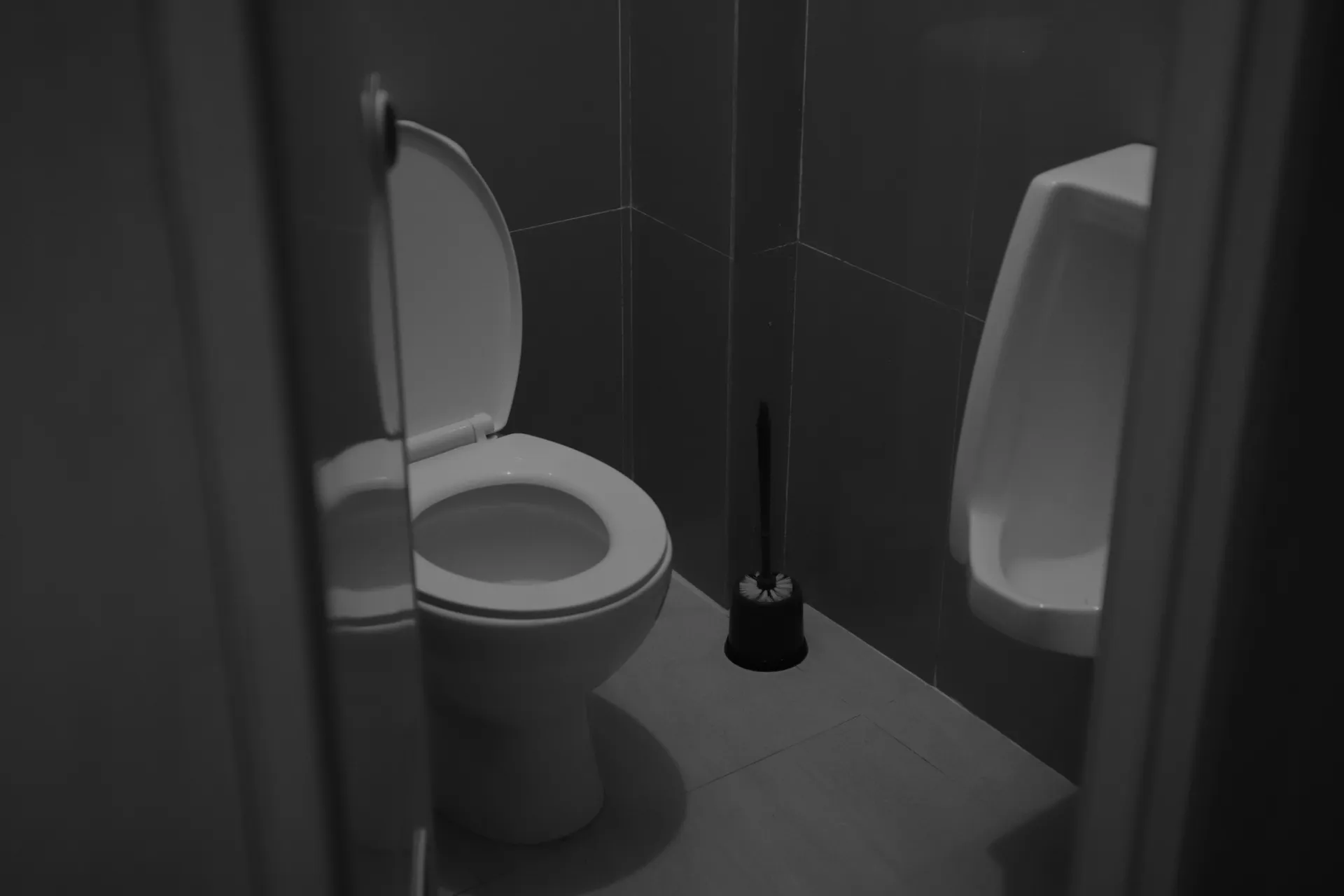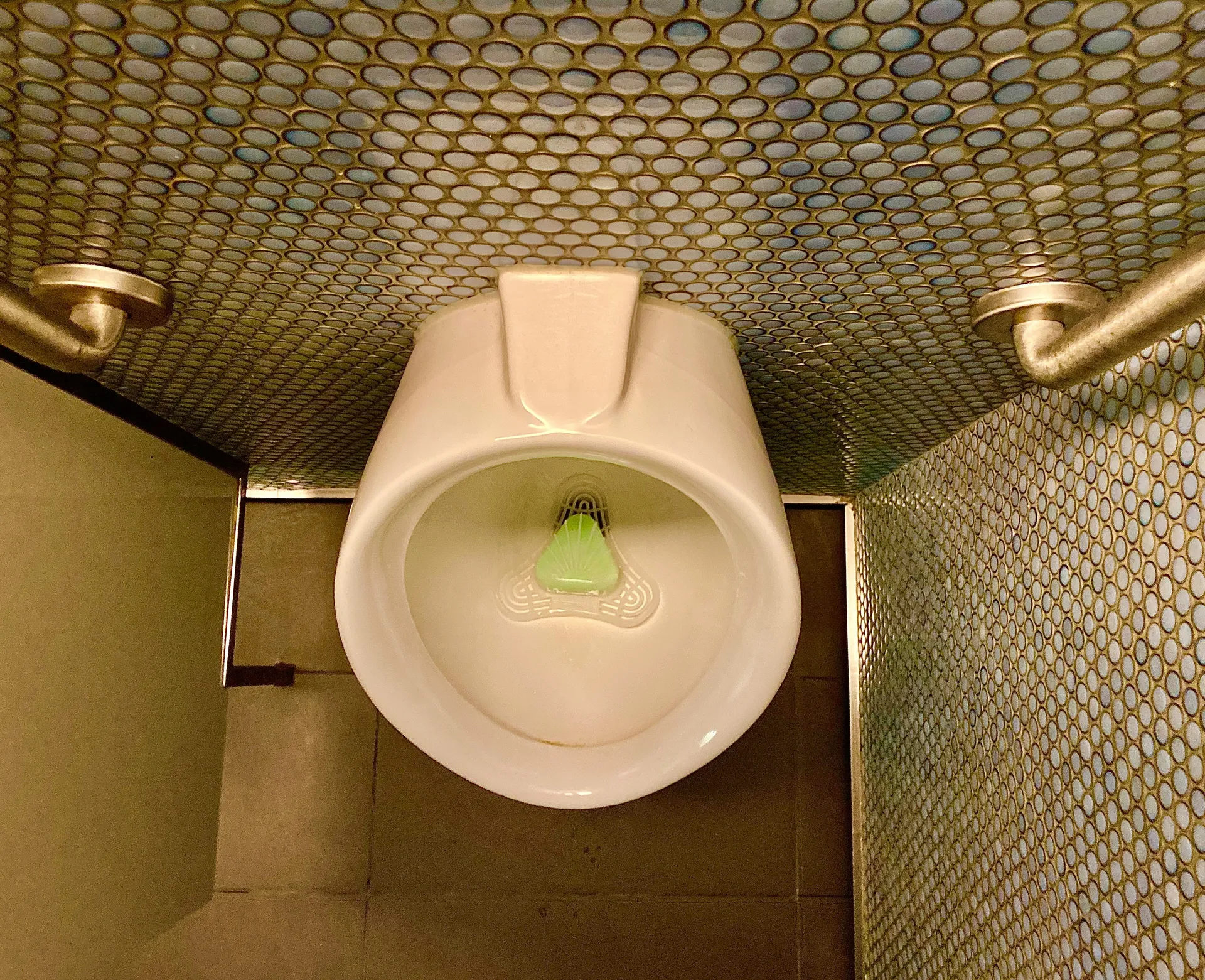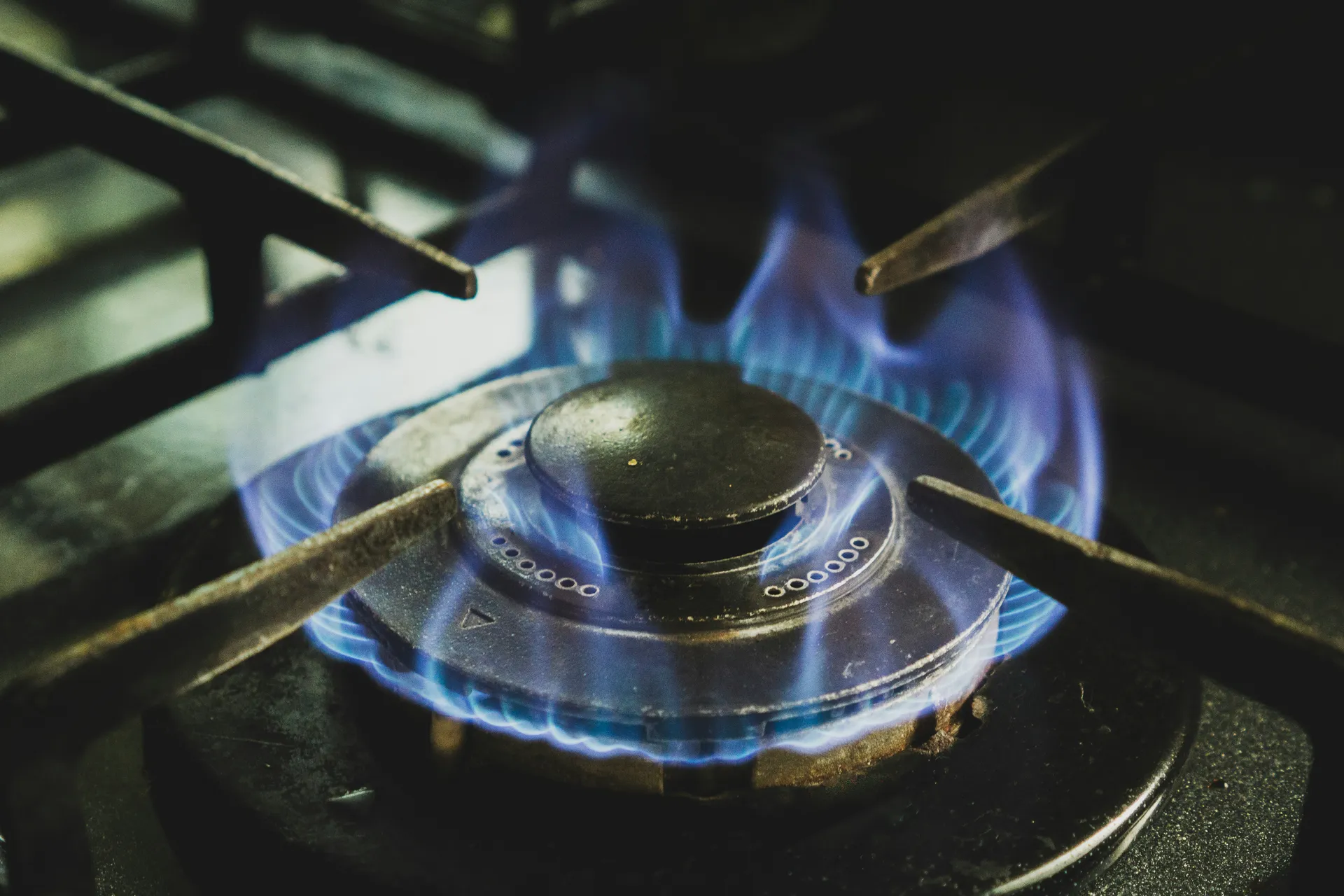Why Is My Toilet Bubbling? A Master Plumber's Diagnostic Guide
A bubbling toilet is not the problem. It’s a clue. As a plumber with over two decades of wrestling with drainage systems, I can tell you that gurgle is your home’s plumbing system crying for help. It’s a classic sign of negative air pressure in your drain lines, meaning air is being forced back up through your toilet’s P-trap because it has nowhere else to go. Our job is to figure out why.

A bubbling toilet is often the first warning sign before a raw sewage backup occurs. The gurgle you hear is the sound of a blockage fighting, and losing, against the flow of waste and water. Ignoring this can lead to a costly and hazardous cleanup scenario.
Key Takeaways
- It’s an Airflow Problem: The bubbling sound is trapped air escaping through your toilet bowl, which indicates a blockage downstream.
- Scope is Everything: If it’s just one toilet, the problem is likely local. If other fixtures (sinks, showers) drain slowly or gurgle, you’re looking at a main line issue.
- The Culprit is Downstream: The blockage is located somewhere after the toilet in the drain line.
- Professional Diagnosis May Be Needed: While a plunger can fix a simple clog, identifying a main line blockage or a blocked vent stack requires a professional camera inspection.
In 20 years of plumbing service calls, I’ve learned that a bubbling toilet is like your home speaking to you. It’s saying ‘I can’t breathe properly.’ The key is listening to what else your home is telling you through other fixtures and drains.
Playing Detective: A 3-Step Diagnostic
Before you call a pro, you can gather some crucial evidence.
Essential Evidence Collection Checklist
Step-by-Step Guide
Observe Other Fixtures
Run the sink faucet closest to the toilet for a minute. Flush another toilet. Does the bubbling start? Now, try a high-volume water source: run your washing machine or drain a full bathtub. A large volume of water will expose a significant blockage faster than a simple flush.
Check for Slow Drains
After observing the toilet, check all the drains in your home, especially on the lowest level. Are they draining slower than usual? Slow drains are a direct confirmation of a downstream blockage.
Identify the Pattern
Is the bubbling isolated to one toilet? Or do you hear gurgling in the shower drain when you flush the toilet? Do the ground-floor fixtures seem most affected? The more widespread the symptoms, the more likely you have a main sewer line clog.
The Science Behind the Bubble
Your home’s drain system is designed to work with gravity. But for gravity to work properly, air must be able to enter the system to replace the displaced water. This is the job of the plumbing vent, which usually extends through your roof. When this vent is blocked, or there’s a major clog in the line, the system can’t “breathe.” Water flowing down creates a vacuum (negative pressure), and the system gasps for air from the closest source—your toilet’s P-trap. The bubble is the sound of that desperate breath.

The Usual Suspects: From Simple to Severe
Based on the evidence you’ve gathered, here are the likely culprits, ranked by severity.
1. Clogged Toilet or Drain Line (Minor)
The blockage is in the immediate branch line serving that single toilet. This is the best-case scenario. You’ll notice the bubbling is isolated and doesn’t affect other fixtures.
2. Blocked Plumbing Vent (Moderate)
Your plumbing system has vents that run through your roof to equalize pressure. If this vent is blocked by leaves, a bird’s nest, or ice, the system can’t “breathe.” Air gets trapped and forces its way out through your drains.
3. Main Sewer Line Clog (Severe)
If you suspect a main line clog (e.g., multiple fixtures are affected), stop using all water immediately to prevent a raw sewage backup into your home. This is a serious health hazard that can lead to thousands of dollars in damage and contamination.
This is the most serious cause. The main line that carries all your home’s waste to the municipal sewer or septic tank is blocked. Tree roots, grease buildup, or a collapsed pipe are common causes. All fixtures will be affected, and you are at high risk of a sewage backup.

Professional Diagnostics & Repair Costs
Cost to Diagnose & Fix a Bubbling Toilet
The cost depends entirely on the location and severity of the clog. A simple clog is cheap to fix, while a main line issue is a significant expense.
Cost factors:
- Professional diagnostic services vary widely based on the complexity of your plumbing issue
- Severity of the clog affects both equipment needed and labor time
- Location accessibility (e.g., roof access for vent stacks) impacts cost
- Emergency service calls typically incur a 25-50% premium
Professional Plumbing Service Cost Breakdown
| Professional Service | Typical Cost Range | Description |
|---|---|---|
| Plumber's Auger Service | $125 - $250 | For clearing a simple, local clog. |
| Sewer Camera Inspection | $300 - $500 | Essential for diagnosing main line issues. |
| Main Line Hydro-Jetting | $500 - $1,200 | For clearing severe grease or root blockages. |
| Vent Stack Clearing | $200 - $450 | Requires roof access to clear blockages. |
| Sewer Line Repair/Replacement | $3,000 - $10,000+ | Major excavation work for damaged pipes. |
Understand Your Entire Plumbing System
Your toilet is just one part of a complex system. Learn more about how everything connects in our Complete Guide to Home Repairs & Maintenance.
Planning bathroom upgrades? If plumbing issues have you thinking about renovations, consider upgrading to a tankless water heater to save space. Use our water heater calculator to compare options and potential savings.


